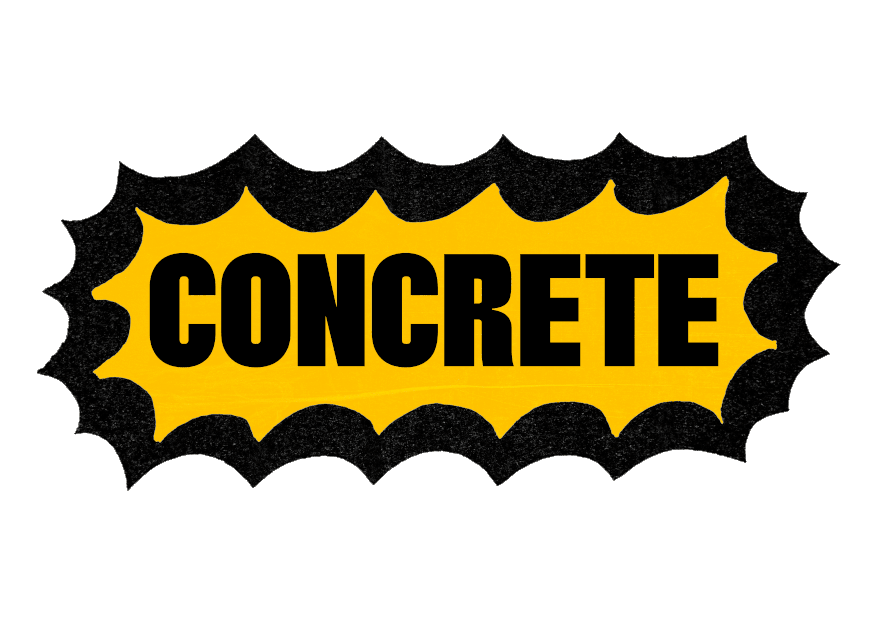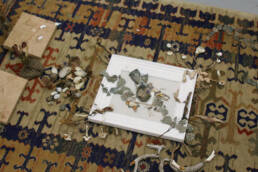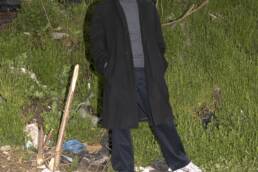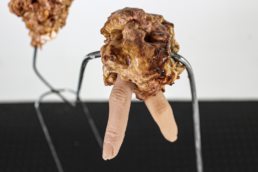Art collectives are cropping up all round Manchester – and it’s with good reason. No one said being an artist was easy, but, if you’re compelled to make, and have little interest in trudging through paperwork and unpaid “opportunities,” what is to be done?
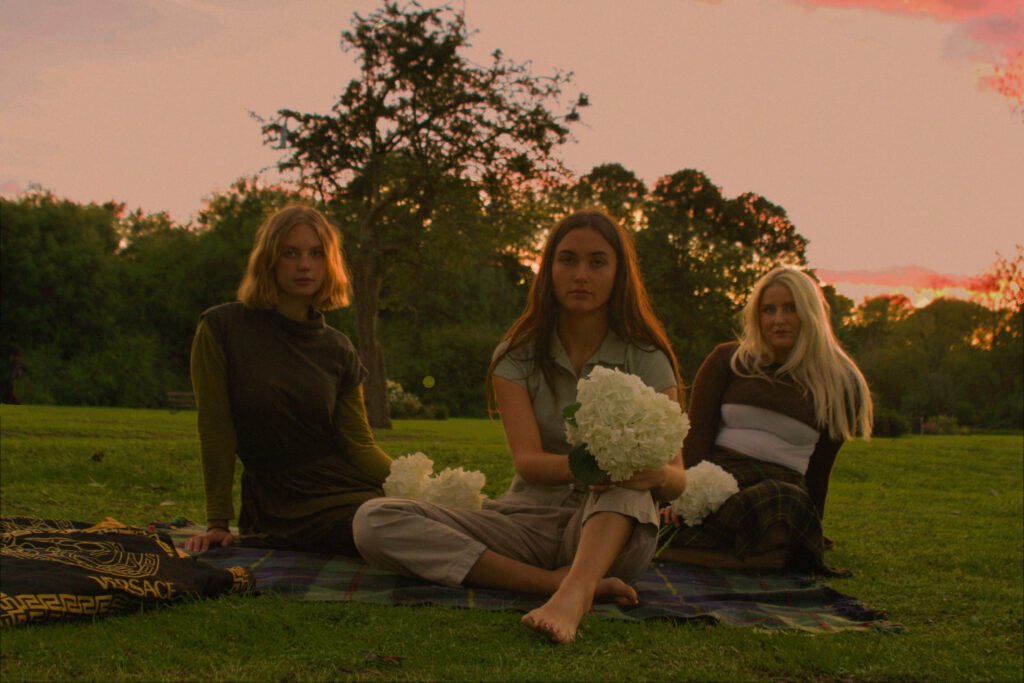
(L-R) Anna, Grace and Nicole or Gyspophilia Collective.
Art collectives are cropping up all round Manchester – and it’s with good reason. Unlike, perhaps, Liverpool (where I perceive a less distinct gap between the institutional and the non-institutional) there seems to be a divide in Manchester between the large galleries and grass roots art activity. It’s not to say that this is definite – or even true, it’s just what I reckon – or static, but at the very least the understanding is that an artist in Manchester will spend several years doing the less glamorous parts of the job (working for free, selling the occasional print over Instagram, and being your own curator, promoter, and assistant) before they can graduate to anything more exciting (or paid). This is the Mancunian artist’s habitat. Maybe it’s fair enough; a gallery is a business, after all, and no one said being an artist was easy. Yet, if you’re compelled to make, and have little interest in trudging through paperwork and unpaid “opportunities,” what is to be done?
Good question. Well, as the Latin poet Horace once said; if he does not obey, he commands. And as I have said just now, if you don’t like the status quo, you should do summat about it.
Enter Gypsophilia Collective – and the myriad of other collective art groups operating in Manchester – for whom ‘institutional’ is as fusty and old a word as ‘shilling’ or ‘codpiece’. When put to Maria, a member of Gypsophilia Collective and artist in her own right, she explains, “Our collective gives me the chance to create opportunities, share my work with the public, and to develop it more. It’s also so much more fun! No one likes making art because they like admin and Instagram,” she smiles.
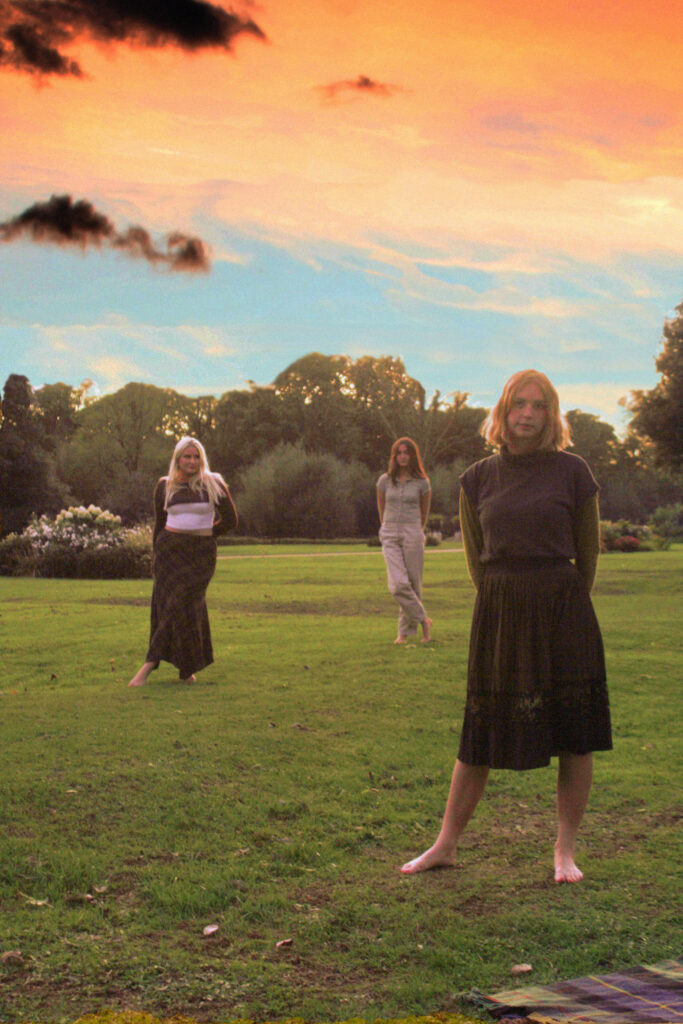
It’s not only about the production process being one great big laugh; working in a group of peers can enhance the quality of work. The group acknowledges their different aesthetic tastes. “If I’m being honest, that just gives us more options,” says Maria. “The interactions between works is what we look forward to when putting up a show. An illustrative work is activated when positioned next to a more abstract and bodily sculpture. Large scale constructed pieces take on a new light when in close proximity to painterly canvases of colour,” she elucidates. Is it all fun and games? “Colour always causes a bit of a debate,” Maria admits.
“We joke that everything in our exhibitions is either black and white, or pink or brown,” Grace says. The most boisterous of the five, her energy is infectious.
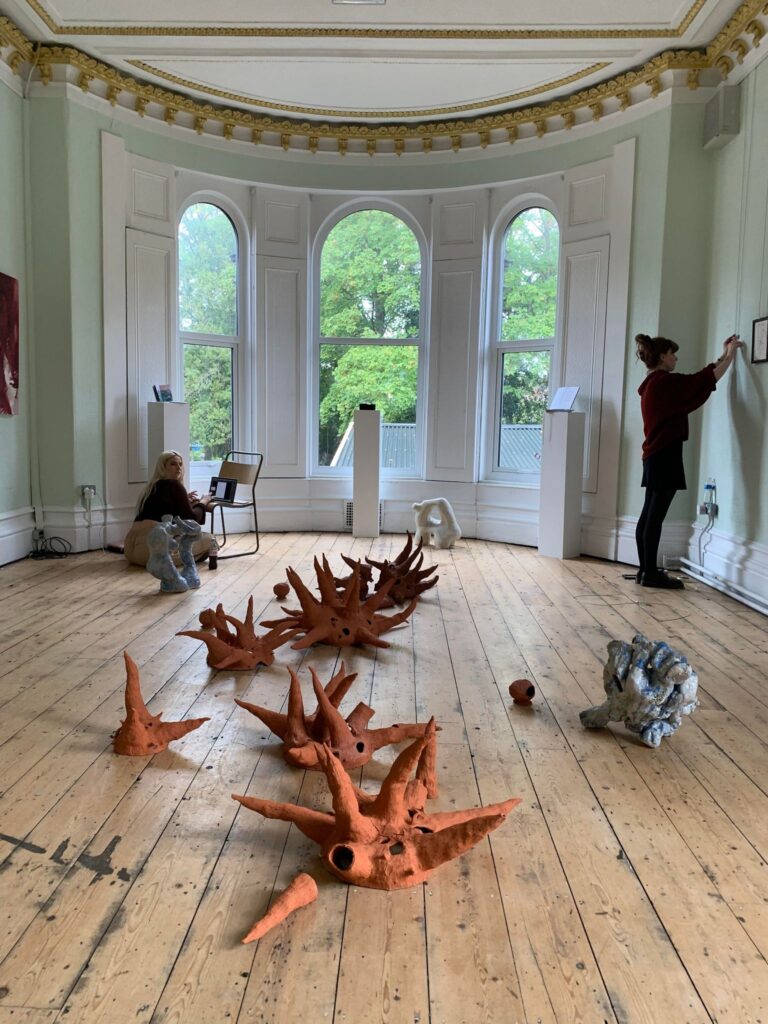
Gypsophilia setting up Liminal.
“Your environment is part of everything you do. Every object: organic, inorganic, alive, decaying or inanimate, holds value. It might help an ecosystem, link to a culture or create an intangible effect. Everything has a potential cause and effect,” Anna states. Anna is one of the original three women who started Gypsophila. Alongside Yvonne and Grace, the trio began by making a zine.
“This was a great way to get art into people’s living rooms,” Anna describes. Her eyes look deeper into yours than most.
Next, Gypsophila opened Momentary at PS Mirabel and Maria joined the ranks. They made a second zine and recruited artist Nicole Sheppard for Apart From at the Bankley Gallery earlier this year. Nicole makes large sculptures using cotton, concrete, steel and thread, and is one of this year’s New Contemporaries.
Liminal was Gyspophilia’s most recent venture. An exhibition and series of workshops hosted by the Carlton Club in Whalley Range.
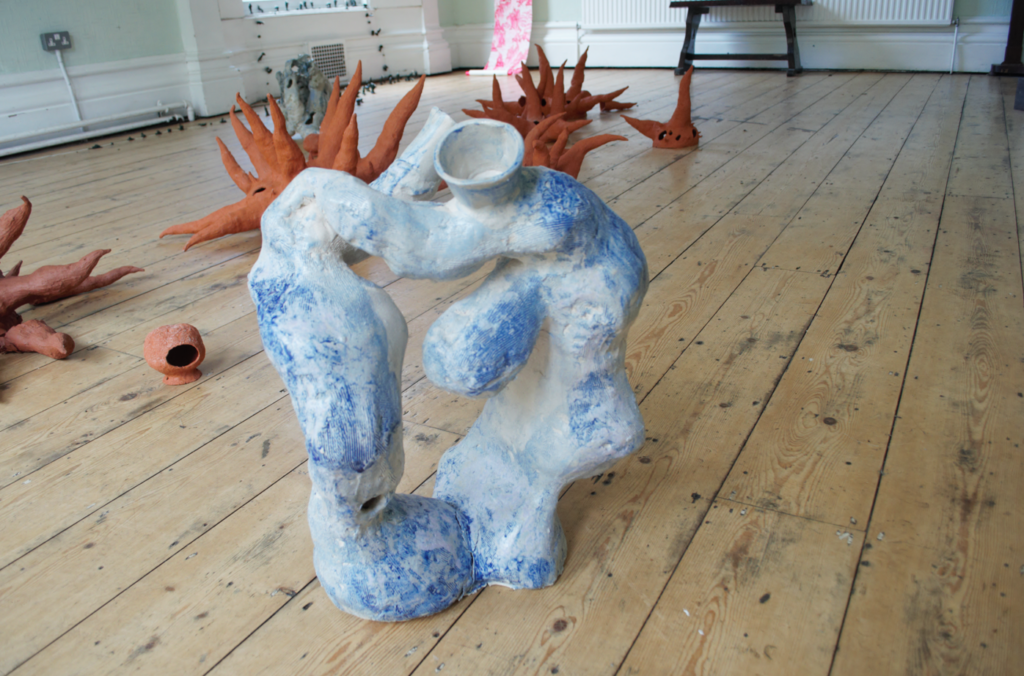
Some rivers still flow back to the beginning, sculpture (2022) by Yvonne Mullaney, a member of Gyspophilia.
“Folklore was a big theme in this show. We haven’t explored this before so it was exciting,” Yvonne says, thinking. “Encounters with green spaces are often deemed as spiritual, but this takes different forms for different people – which we wanted to communicate with the work we showed in Liminal.”
“We also had a workshops in this show,” adds Nicole. “We were really proud of how they went. Workshops are a process of participation and experience, making them a great way of learning, so we were glad the workshops we offered were all extremely different from one another. By including workshops in our event it’s less of a typical exhibition. It’s more hands-on”.
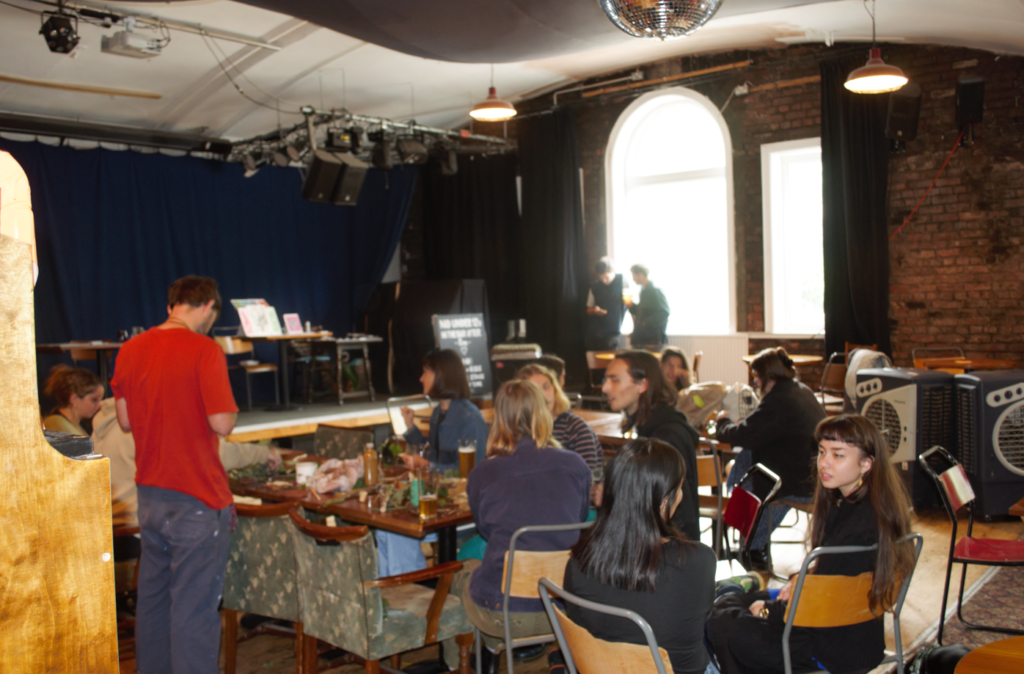
A workshop at Liminal at the Carlton Club.
You’d be forgiven for not associating Manchester with the great and the green and the bucolic.
“We’ve become alienated from green spaces,” Anna states firmly. It’s a sad truth. “Humans have fallen into the spaces in between, believing our relationship to nature exists purely in one way, ignoring the valuable biological and spiritual intertwinement. This spiritual alienation is what we wanted to explore and reconnect to at the Carlton club,” Anna states.
In comparison with other venues which offer similar advantages to art collectives coming up in the 0161, the Carlton Club is in a very propitious position. It’s not open for only 6 hours once a week, it’s open every day and boasts a rolodex of different types of events: arty and otherwise. Capoeira is decidedly not for me, but it’s for someone.
“Gypsophilia was our entry into Manchester’s art scene for most of us. We didn’t have a clue,” Grace laughs.
“It started when we were at the pub in 2019 after going to some exhibition opening. We were talking about how we related to the natural world and its importance to our art, and we just all seemed to agree,” describes Yvonne. It’s refreshing to hear a description that doesn’t sound too polished. “Yeah, then Covid happened. I was feeling pretty uninspired – I think everyone was. But we,” Yvonne looks to the others, “Kept talking. We kept talking about our experiences, about the world around us, about our art. Being able to rekindle creative conversations was a ray of light for us in such a monotonous time.”
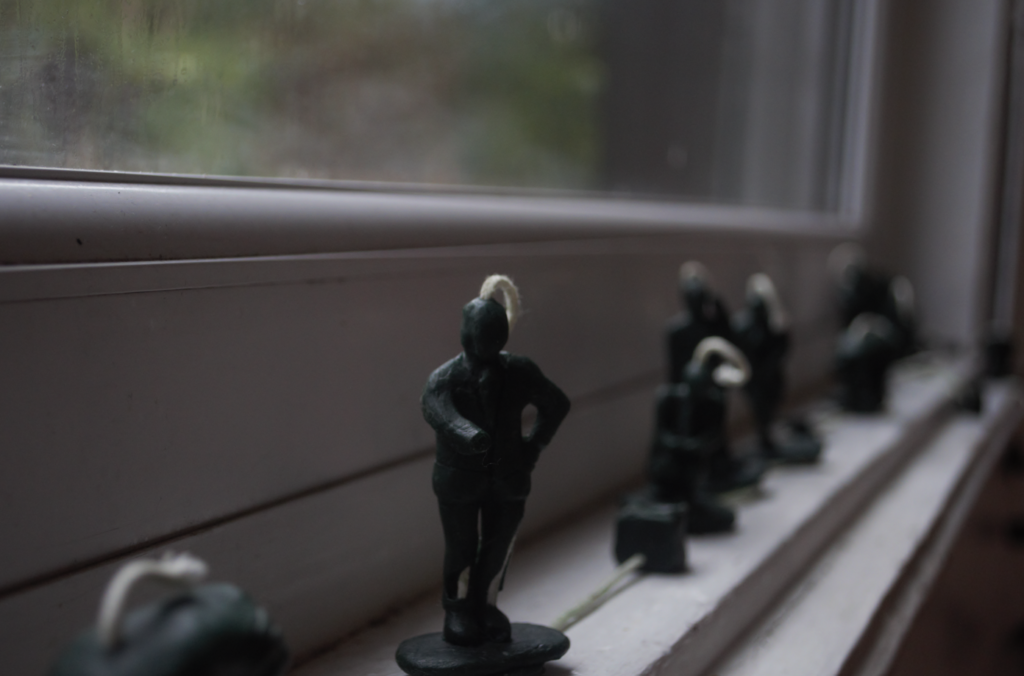
Tiny Men, sculpture by Emilia Wright (2021).
It sounds like Gypsophilia not only have the energy to keep projects exciting, but also the stamina to keep their momentum. The group plays to each other’s strengths and is mindful of what facilities each other has access to. “If you do it this way, no one’s mental health or personal practice is compromised,” Grace puts simply.
“Our collective is an incredible support network. We push each other with our work. Each collective has its own own rules and aims. We’ve loved finding artists and poets that grab our attention and make work with similar themes to ourselves. I think we enjoy sharing this sort of platform because of the intrinsic collaboration of being in a collective. Just being able to have those conversations about plans and bringing ideas to life is so exciting,” Maria explains. “I also think that people are realising that working within a team is so much easier than trying to elbow your way through the art world alone,” she adds.
As we say our goodbyes, I remember I had one last question. Doing a Colombo, I ask, “What’s a good bit of advice someone once gave you?”
“That’s an obvious question,” Nicole replies.
“Answer it anyway?” I wince.
She smiles; “Don’t date artists.”
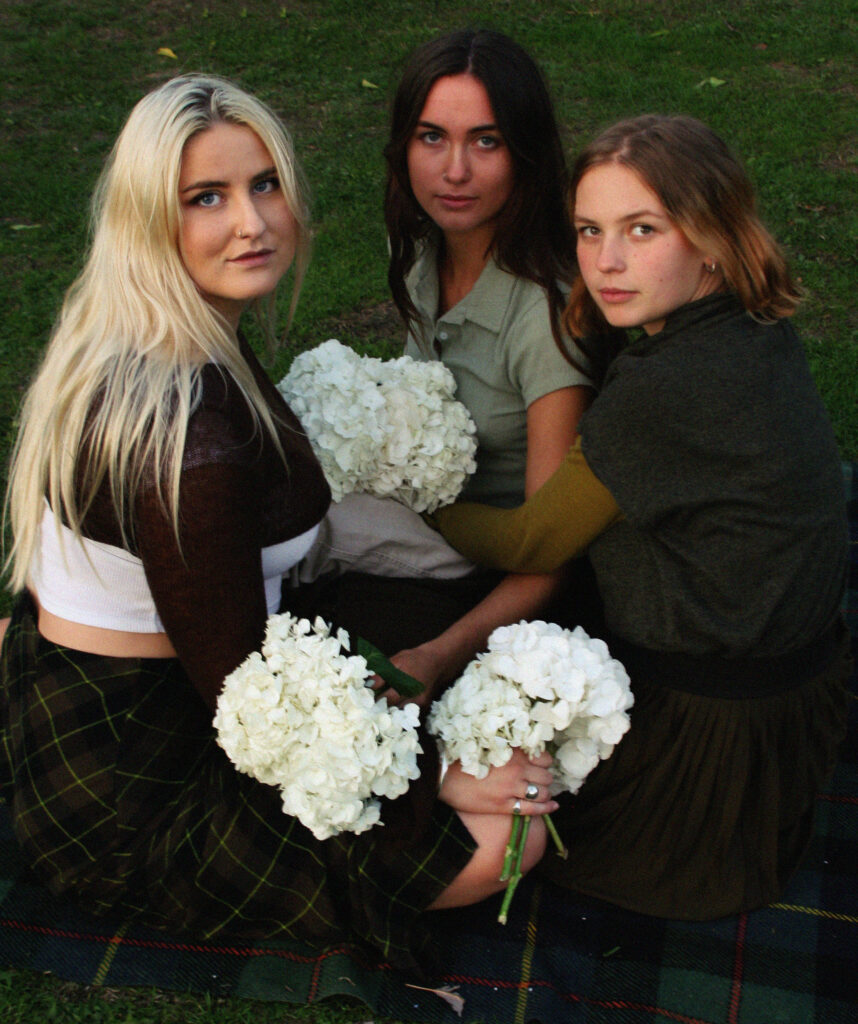
You can keep up to date with Gyspophilia here. Images of Gyspophilia included in this work are property of Imogen Delbourgo. Images of Liminal are property of Laurie Farrel.
